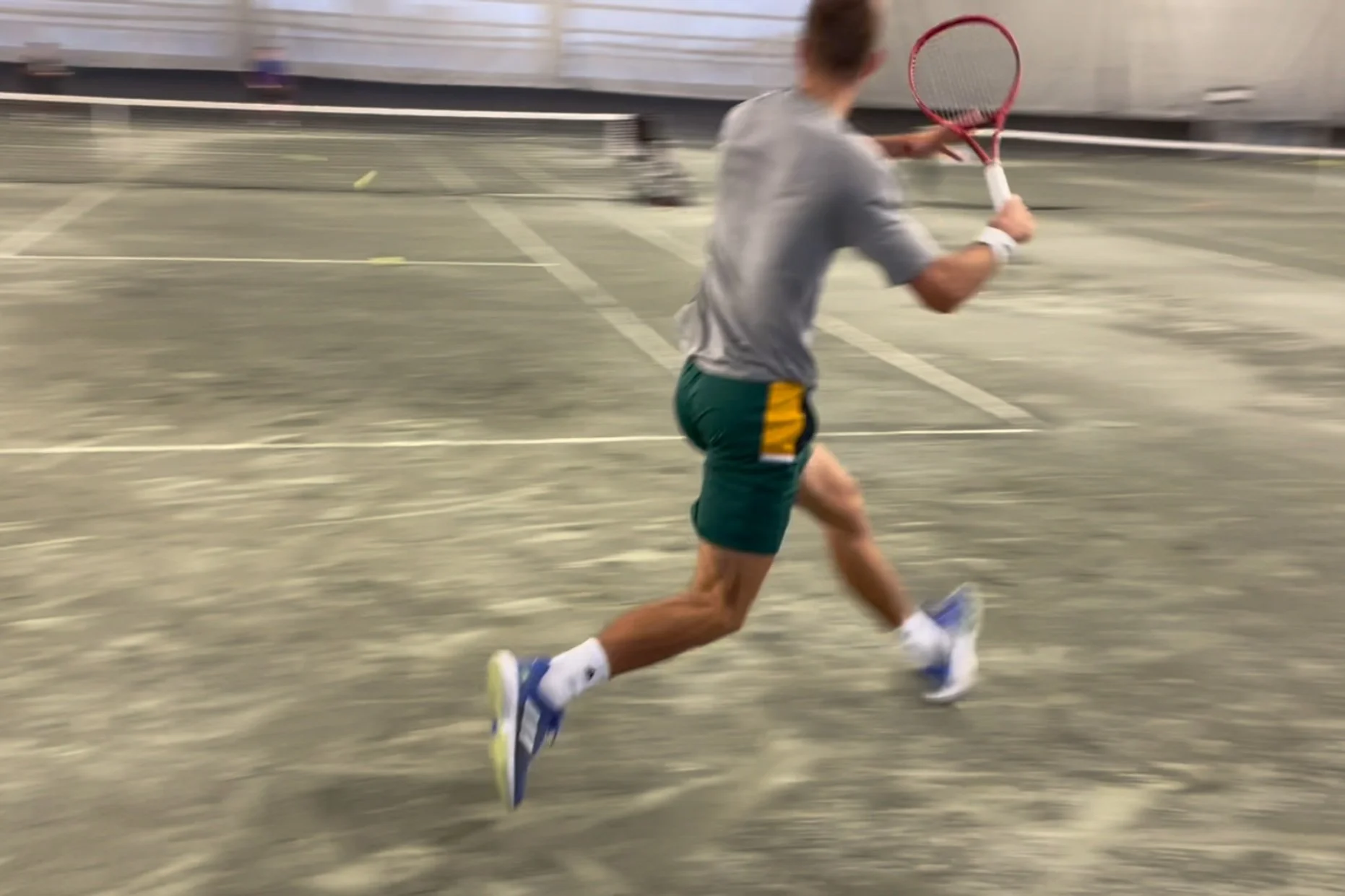A tennis match is characterized by intermittent exercise, alternating short (4–10 second) bouts of high intensity and short (10–20 second) recovery bouts, interrupted by several periods of longer duration rest (60–90 seconds). The running activities of players encompass high accelerations and decelerations but low velocities reflecting the intermittent play involved in tennis, which does not allow high velocities to be reached (Hoppe et al, 2014).
Viewing entries in
Monitoring
Not long ago, I received the following question “What are some fitness tests I could run my tennis players through. Just some measurements they could aim to improve?”.
This question actually comes up time and again. For me, the question has layers…
You see, I’ve gone down the rabbit hole of testing on many occasions - you know what I’m referring to...going through a battery of tests, recording sprint times, jump heights and so on…
And never really using the data in any meaningful way.
In last week’s post, we introduced the main physical training components that tennis players likely should focus on during the off-season. To get the best out of this week’s article, I suggest reviewing part 1 of this series first.
In this post, I’d like to tackle a couple key points. First, I’ll outline what a typical training week in the off-season might look like and how the overall cycle takes shape. Next, I’ll take a stab at commenting on the interplay and subsequent management of on-court and off-court training loads. Lastly, I will then offer some feedback - in other words, why it's my belief that training the various qualities outlined in last week’s article shouldn’t stop once the off-season cycle ends.
For many in the tennis world, this time of the year means tournaments, and lots of them. Players from all over are either preparing or competing in ITF Futures events, open tournaments and club matches. With that in mind, I thought it’d be interesting to take a look at a typical training week for players competing in weekend events/matches. Good news is, Dariusz Lipka (former 1000 ranked ATP player) was in town this past week to train & compete in an open event - a mini preparation block for his upcoming Futures circuit this summer.
There’s no secret that tennis is demanding but how demanding, we don’t always know. What I mean is, how do we measure on-court training load? Traditionally, time on court has been the go to method - but does this sole metric give us enough info? On the other side of the training spectrum we find physical preparation. Off-court training is arguably easier to manage than on-court training as specific loads, reps and sets are prescribed based on an athlete’s maximum abilities. But what about a 3-set tennis match? How do we measure the stress that has on a player? Many of us would assume that a 3-set match is taxing. But what if the scoreline was 6-1, 2-6, 6-2 and finished in about 1.5 hours? While another scoreline looks something like this - 6-4, 6-7, 7-6 and lasts for over 3 hours? Surely these 2 scenarios aren’t the same. We have a similar dilemma in practice settings. What if player A is playing all out during a session while player B brings the intensity down a notch?





